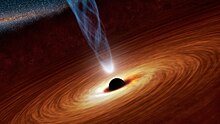Top Method For Earning Money Using Social Networks
1. YouTube : YouTube is the Top easy way to Earn Money by Uploading & promoting video, It is the free video sharing Platform that makes it easy to watch online videos. YouTube Originally created in 2005, YouTube is now one of the most popular sites on the Web, with visitors watching around 6 billion hours of video every month . One reason YouTube is so popular is the sheer number of videos you can find. On average, 100 hours of video are uploaded to YouTube every minute , so there's always something new to watch! And you'll find all kinds of videos on YouTube—adorable cats, quirky cooking demos, funny science lessons, quick fashion tips, and a whole lot more. In 2013, the average cost per thousand (CPM) for YouTube was $7.60. CPM (cost per thousand) is an industry term that represents revenue pe...



Comments
Post a Comment